Bruges might be famous for its medieval charm and chocolate shops, yet this enchanting Belgian city conceals secrets that most tourists never uncover. Crowds flock to the main squares and canal tours, though locals know about quiet courtyards, hidden breweries, and tucked-away museums that tell far more captivating stories than any guidebook could offer.
Beyond those postcard-perfect views lies a different Bruges entirely — one where centuries-old traditions persist in small workshops, neighborhood pubs serve beer recipes handed down through generations, and narrow alleyways lead to unexpected treasures. Here’s a list of 16 hidden gems that’ll show you the real heart of this remarkable city.
Begijnhof Ten Wijngaarde
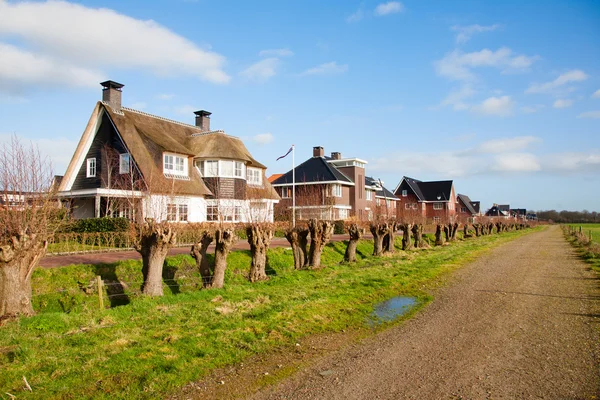
This tranquil complex of white houses surrounding a peaceful courtyard feels like stepping into another century altogether. The Beguines were religious women who lived in community without taking formal vows — their former home now houses Benedictine nuns.
Silence here is almost sacred, broken only by the gentle rustling of poplar trees that have stood watch for centuries. Most visitors snap a quick photo and leave, though sitting on one of the benches reveals the true magic: it’s like discovering a pocket of medieval calm within the modern world.
De Garre Brewery
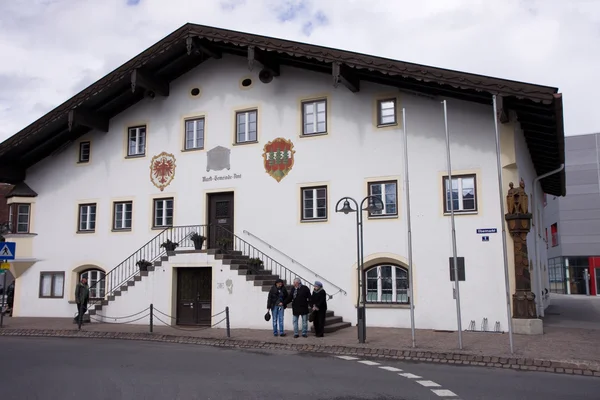
Tucked down an alley so narrow you might walk past it twice, De Garre serves some of Belgium’s strongest and most distinctive beers. The entrance is barely wide enough for two people — inside, however, the cozy tavern buzzes with locals who’ve been coming here for decades.
Their house beer, also called De Garre, packs quite a punch at 11.5% alcohol and comes with a complimentary cube of aged cheese. Wooden beams overhead have absorbed decades of conversations, while the bartenders possess more knowledge about Belgian beer than most sommeliers have about wine.
Like Travel Pug’s content? Follow us on MSN.
Museum of Folklore
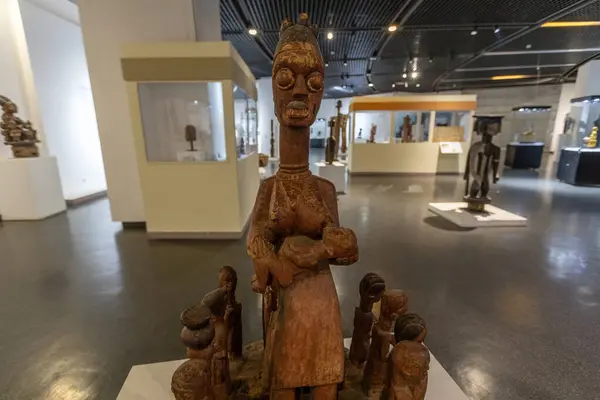
While everyone else heads to the chocolate museum, this charming collection tells the real stories of how ordinary people lived in Bruges. Housed in 17th-century almshouses, the museum recreates old shops, classrooms, and living spaces with such meticulous detail that you can almost smell bread baking.
The highlight? A working pub from the 1900s — complete with authentic fixtures and the kind of atmosphere that makes you want to order a pint. Children love the interactive exhibits, though adults often find themselves more fascinated by glimpses into daily life from centuries past.
Walplein Square
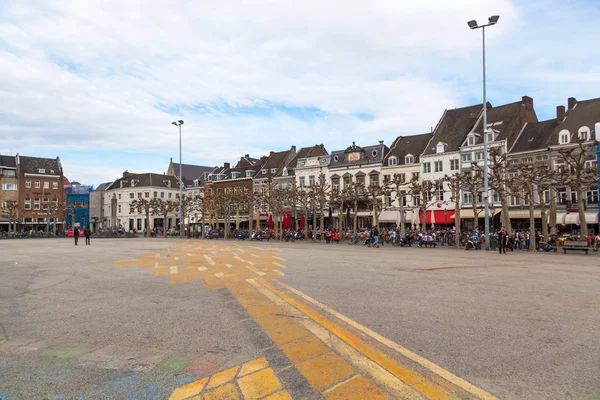
This tiny square hides behind the towering Basilica of the Holy Blood, creating a peaceful refuge that most tourists never find. Local cafés spill onto the cobblestones. The absence of tour groups makes it feel like you’ve discovered a secret neighborhood gathering spot.
Buildings lean toward each other as if sharing centuries of gossip, and the whole area possesses an intimate quality that’s rare in popular tourist destinations. It’s the perfect place to enjoy a Belgian waffle without fighting crowds or paying tourist prices.
Gruuthuse Brewery
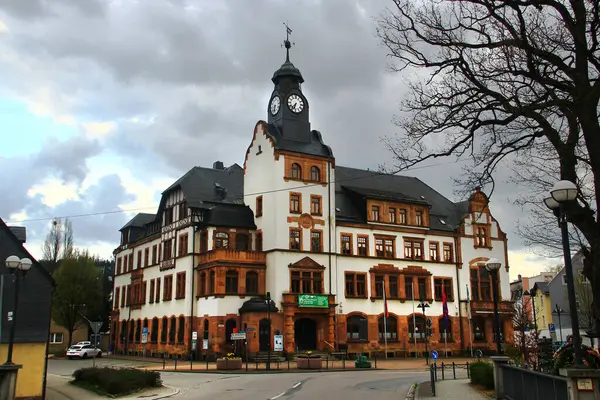
Long before hops became standard, medieval brewers used a special herb mixture called ‘gruit’ to flavor their beer. The Gruuthuse family controlled this trade in Bruges — their former mansion now houses a museum that most people skip in favor of more famous attractions.
The building itself represents a masterpiece of medieval architecture, with rooms showcasing how wealthy merchants lived during Bruges’ golden age. Views from the upper floors over the city’s rooftops provide perspective you simply can’t get from street level, and the lack of crowds makes it feel like your own private castle tour.
Like Travel Pug’s content? Follow us on MSN.
Lace Centre
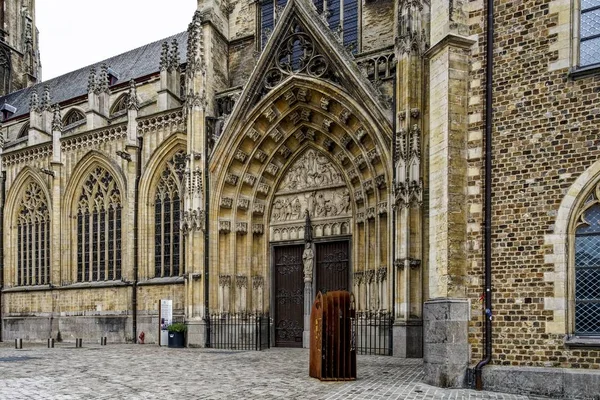
In a back room of the old lace school, elderly women still practice the intricate art of bobbin lace making that put Bruges on the medieval trade map. The clicking of dozens of wooden bobbins creates a rhythmic soundtrack as these masters work on pieces that’ll take months to complete.
Watching their fingers dance across the threads is absolutely mesmerizing — it’s like observing a living piece of history unfold before your eyes. The shop sells authentic handmade lace that costs more than machine-made versions, though holding a piece created using 500-year-old techniques makes the price seem entirely reasonable.
Brewery De Halve Maan
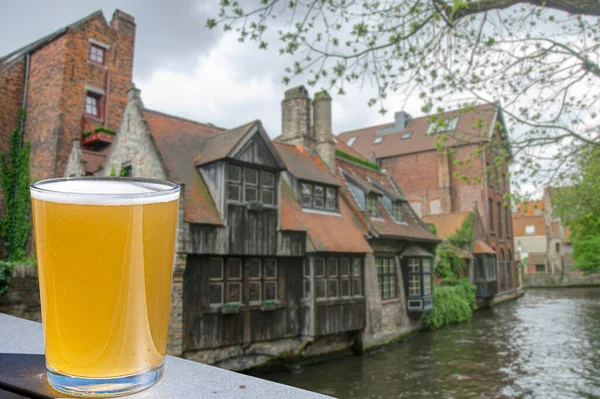
While not exactly hidden, most visitors only take the standard tour and miss the best parts of this family-run brewery. The Straffe Hendrik beer they produce here travels through a unique underground pipeline to their bottling facility over a mile away — the world’s only beer pipeline.
The brewery’s rooftop offers panoramic views that rival any church tower, yet with the added bonus of tasting fresh beer at the top. The family has been brewing here for six generations. Their stories about surviving wars, prohibition, and changing tastes make this much more than just another brewery visit.
Jerusalem Church
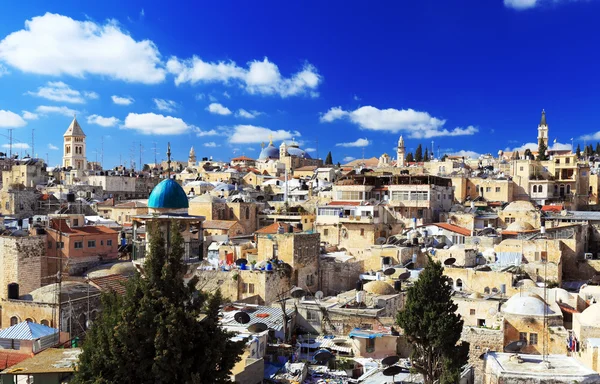
This unusual octagonal church was built by the Adornes family after their pilgrimage to the Holy Land, and it remains one of Bruges’ most authentic medieval experiences. The dim interior, illuminated by candles and colored glass, creates an atmosphere that feels both mysterious and sacred.
Most guidebooks barely mention it, which means you’ll often have the entire space to yourself. The church contains the tomb of Anselm Adornes, whose family story reads like a medieval adventure novel involving trade, diplomacy, and international intrigue.
Like Travel Pug’s content? Follow us on MSN.
Choco-Story Chocolate Museum Workshop
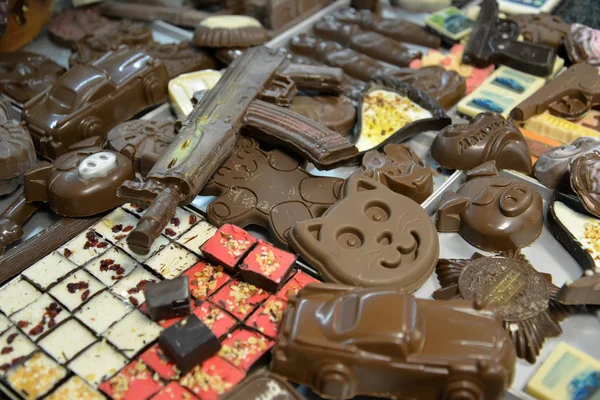
Everyone knows about Bruges’ chocolate shops, yet the hands-on workshop at the Choco-Story Museum reveals why Belgian chocolate became world-famous. Master chocolatiers demonstrate techniques that have been perfected over generations. Small class sizes mean you get personal attention as you create your own pralines.
The difference between mass-produced chocolate and artisanal Belgian varieties becomes crystal clear once you understand the process. Plus, you leave with chocolate you made yourself, which tastes infinitely better than anything you could buy in a tourist shop.
Minnewater Park
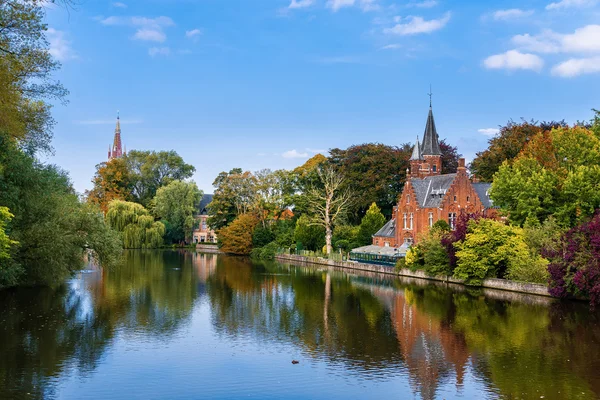
Beyond the famous ‘Lake of Love’ that appears in every guidebook lies a network of quiet paths winding through ancient trees and meadows. Early morning or late evening visits reveal a completely different character — herons fish in the shallow waters while the only sounds are birds and gentle lapping of water against the banks.
The park connects to walking trails that lead out into the Belgian countryside, offering an escape from medieval streets that few tourists discover. Local families bring picnics here on weekends, creating scenes that could’ve been painted centuries ago.
Huisbrouwerij De Vlier
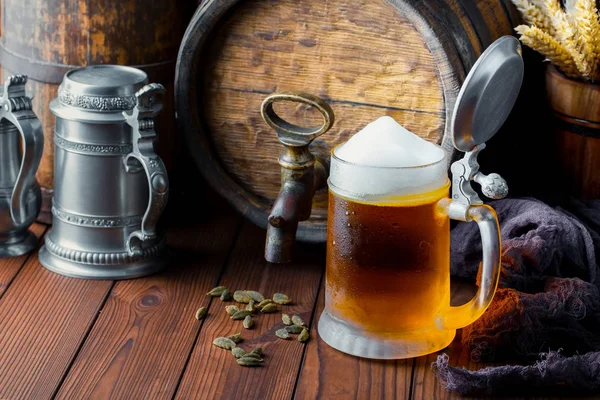
This microbrewery operates out of what looks like a residential house, and you’d never find it without local knowledge or very specific directions. The owner brews small batches of experimental beers that you can’t find anywhere else, while the tasting room feels more like visiting a friend’s garage than a commercial establishment.
The passion for brewing innovation shows in every glass — these aren’t traditional Belgian styles, but creative interpretations that push boundaries. Conversations here tend to be long and detailed, covering everything from fermentation science to local history.
Like Travel Pug’s content? Follow us on MSN.
Court of Appeal
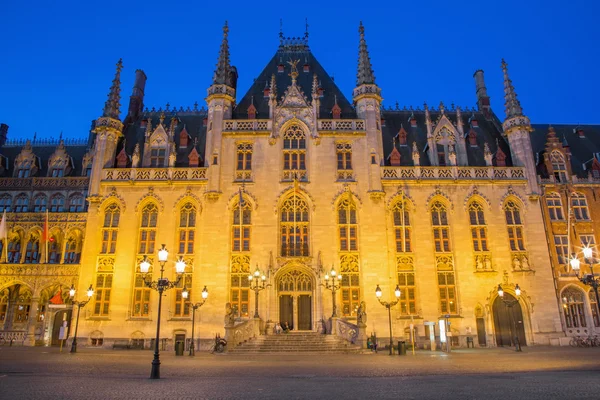
The former courthouse now serves as a cultural center, though its magnificent Gothic hall often stands empty while tourists crowd elsewhere. The soaring ceilings and intricate stonework rival any cathedral, yet the medieval atmosphere remains intact despite the building’s change in purpose.
Photography is allowed, which isn’t always the case in Bruges’ historic buildings, and the lack of entrance fees makes it accessible to anyone curious about medieval architecture. The building’s history includes trials, political meetings, and civic ceremonies that shaped the city’s development over the centuries.
Pottery Workshop of Bruges
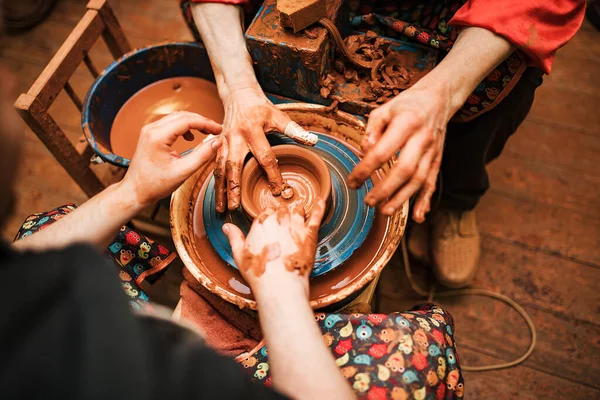
In a small studio near the city center, a master potter continues traditions that stretch back to medieval times when Bruges was a major center for ceramic production. The workshop offers classes where you can try your hand at the potter’s wheel, though even just watching the master work is fascinating.
The clay comes from local deposits that have been used for pottery for over 700 years, connecting modern visitors directly to the city’s artisan heritage. The finished pieces reflect techniques and styles that have evolved slowly over generations, making each item a small piece of living history.
Diamond Museum’s Polishing Demonstration
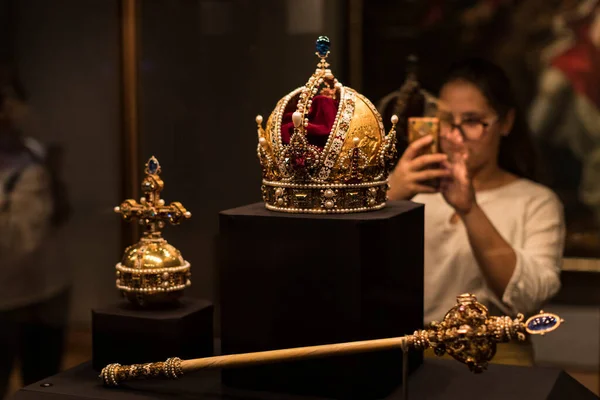
While Antwerp gets the credit for diamonds, Bruges has its own diamond-cutting heritage that most people never learn about. The small museum includes live demonstrations where skilled craftsmen show how rough stones become brilliant gems.
The precision required is incredible — one wrong cut can destroy a stone worth thousands of dollars, yet these artisans make it look effortless. The museum’s location in a historic building adds context about how the diamond trade connected Bruges to markets across medieval Europe.
Like Travel Pug’s content? Follow us on MSN.
Friet Museum
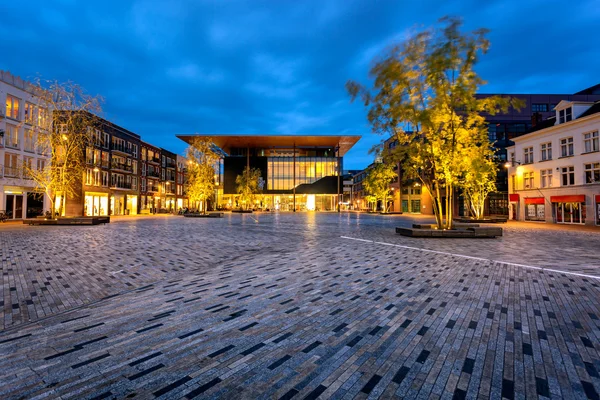
This might sound touristy, but the Friet Museum occupies a beautiful medieval building and tells the surprisingly complex story of how potatoes became Belgium’s national dish. The exhibits trace the potato’s journey from South America to European tables, revealing connections between food, trade, and cultural exchange that shaped modern Belgium.
The museum’s location in a 14th-century saucemaker’s house adds layers of culinary history that go far beyond simple fast food. After learning about proper Belgian fry preparation, you’ll never look at French fries the same way again.
Windmill De Nieuwe Papegaai
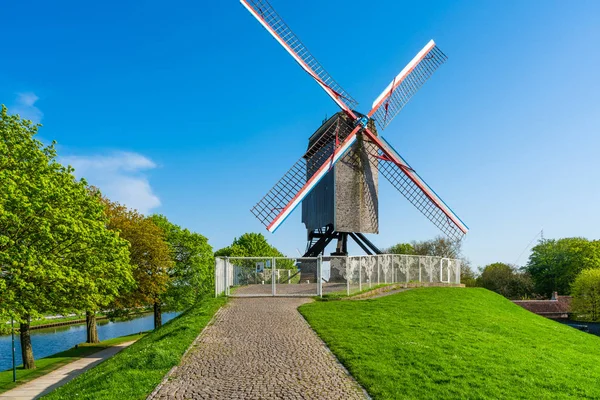
The last working windmill within Bruges’ city limits still grinds grain using methods unchanged for centuries. The miller, often a volunteer passionate about preserving traditional crafts, explains how wind power fed entire communities long before industrial milling.
Climbing the narrow wooden stairs to the top provides views across Bruges that few visitors ever see, while the mechanical complexity of the grinding stones and gears is genuinely impressive. On windy days, you can feel the whole structure vibrate with power, making it clear why windmills were considered marvels of medieval engineering.
Timeless Treasures in a Living City
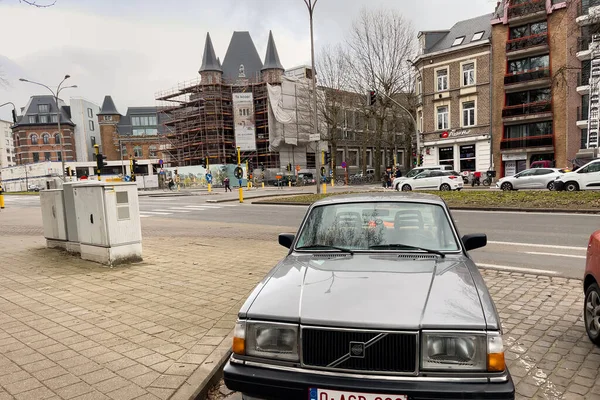
These hidden corners of Bruges prove that the city’s greatest charm isn’t in its famous landmarks, but in the way it continues medieval traditions within modern life. From brewers perfecting ancient recipes to craftspeople maintaining skills passed down through generations, Bruges remains a living museum where the past and present blend seamlessly.
The real magic happens when you step away from the tour groups and discover the Bruges that locals call home — a place where history isn’t just preserved behind glass, but continues to evolve in workshops, breweries, and quiet squares throughout the city.
Like Travel Pug’s content? Follow us on MSN.
More from Travel Pug

- 20 Best Beach Towns in the Carolinas
- 13 Destinations Where Tourists Regularly Regret Their Trip
- 20 Things You Actually Get in First Class
- 20 Small Airports With Aviation Museums
- 20 Places in the U.S. That Are Perfect for a Reset Trip
Like Travel Pug’s content? Follow us on MSN. content? Follow us on MSN.
